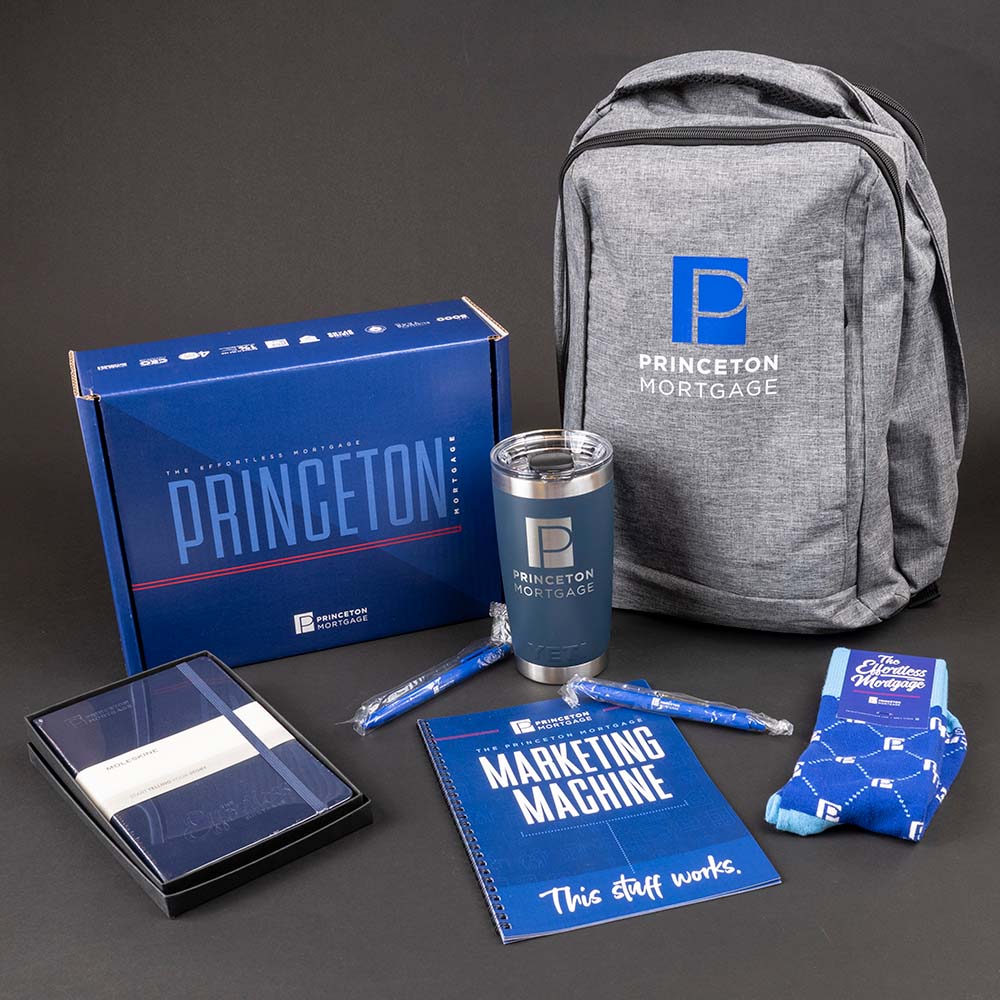In today’s digital age, it’s easy to get caught up in the allure of online marketing and forget the power of print materials. However, printed materials remain a vital part of any comprehensive branding strategy. From business cards and brochures to packaging and posters, print materials provide tangible touchpoints that can leave a lasting impression on your audience. To make the most of these opportunities, it’s essential to design different print materials in a way that creates a cohesive brand identity.
The Importance of Cohesion
A cohesive brand identity is the key to making your business memorable and recognizable. When your audience encounters your brand across various print materials, they should have a consistent and seamless experience. This not only reinforces your brand’s image but also builds trust and credibility.
Imagine a scenario where your business card looks completely different from your website, which, in turn, differs from your product packaging. This inconsistency can confuse your audience and weaken the impact of your brand. To avoid this, it’s essential to have a well-thought-out design strategy that accounts for different print materials.
Establishing Brand Guidelines
Before diving into the design process, it’s crucial to establish clear brand guidelines. These guidelines serve as a roadmap for maintaining consistency across all your print materials. They typically include elements such as:
- Logo Usage
Specify how and where your logo should be placed, its size, and any variations for different backgrounds or color schemes. - Color Palette
Define your brand’s primary and secondary colors, along with specific color codes (e.g., Pantone, RGB, CMYK) for print. Ensure consistency in color reproduction across different materials. - Typography
Choose a set of fonts for headlines, subheadings, and body text. Specify font sizes and styles to be used consistently. - Layout and Grids
Establish a grid system and layout guidelines that dictate how content should be organized on various print materials. - Imagery
Determine the style of imagery that aligns with your brand, whether it’s photography, illustrations, or graphics. Specify any image treatments or filters to be applied. - Voice and Tone
Describe the tone of voice to be used in copywriting and messaging, ensuring that it resonates with your brand’s personality.
Once your brand guidelines are in place, you can begin the process of designing print materials that adhere to these principles.
Adapting to Different Print Materials
Different print materials serve various purposes, and their design should reflect those goals while remaining consistent with your brand identity. Here’s how you can adapt your brand’s visual elements to different print materials:
- Business Cards
Business cards are often the first impression a potential client or partner has of your brand. Keep them clean and minimalistic, focusing on the essentials: your logo, name, contact information, and a tagline if applicable. Ensure the card’s colors and typography match your brand guidelines. - Brochures and Flyers
For promotional materials like brochures and flyers, expand on your brand’s visual storytelling. Use consistent colors, typography, and imagery to convey your brand’s message effectively. Organize content in a logical flow while maintaining visual interest. - Packaging
Packaging design should not only protect your product but also create an unforgettable unboxing experience. Align your packaging’s colors, graphics, and typography with your brand guidelines, making it instantly recognizable on store shelves. - Posters and Banners
Large-format prints like posters and banners provide an excellent opportunity to showcase your brand’s creativity. Use bold visuals and typography while staying within your brand’s color palette to grab attention and communicate your message effectively. - Stationery
Letterheads, envelopes, and other stationery items should reflect professionalism and consistency. Your brand’s logo and colors should be subtly integrated into these materials, reinforcing your identity with every communication. - Event Materials
If your brand participates in events or trade shows, ensure your booth design, banners, and promotional products align with your brand guidelines. Consistency at events helps reinforce brand recognition.
The Final Touch: Quality Printing
No matter how well-designed your print materials are, their impact can be diminished if they are poorly printed. Invest in high-quality printing services that can accurately reproduce your brand’s colors and maintain the integrity of your design.
Designing for different print materials while maintaining a cohesive brand identity is a powerful way to build trust, recognition, and credibility for your business. By establishing clear brand guidelines and adapting your designs to each print medium, you can create a seamless and memorable experience for your audience, both online and offline. If you need help building a cohesive brand, consider chatting with a printer like RoyerComm who has been helping brand bring their printed vision to life for over 50 years.
Remember, the tangible nature of print materials can leave a lasting impression that sets your brand apart from the digital noise.
Request a Quote
Over the years we have accumulated a lot of knowledge about how to create compelling impactful marketing communications. We are here to answer any questions you might have or offer guidance to help take your project from good to GREAT! Give us a call today.
